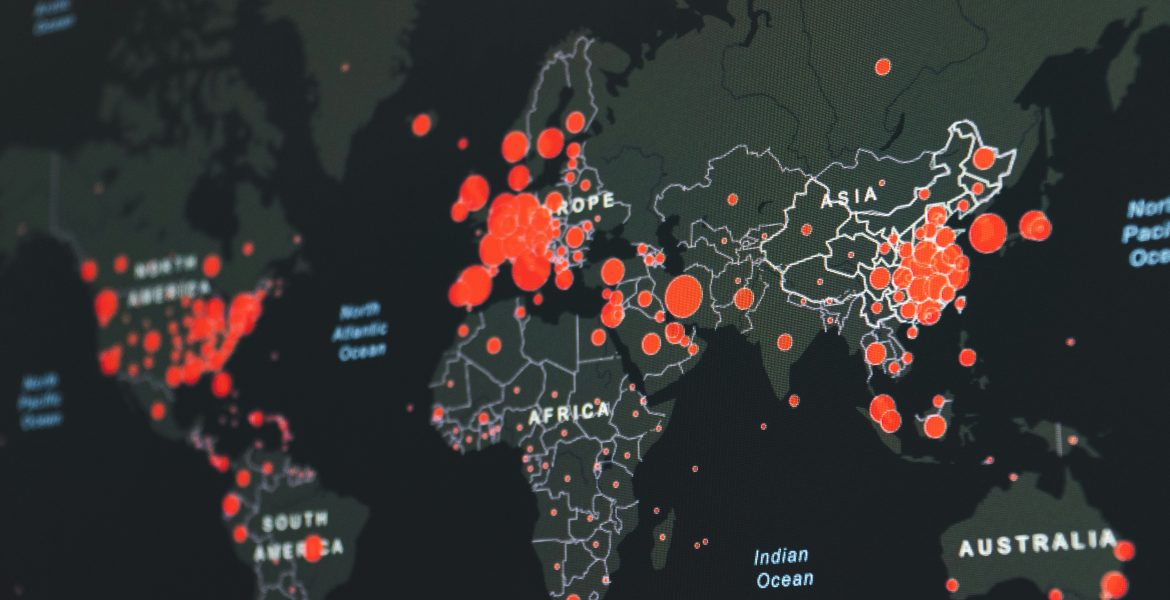Core Investment Hypotheses

Core Investment Hypotheses
Our six core investment hypotheses frame how investors can navigate structural shifts in geopolitics, technology, and commodities. Together, they offer a roadmap for positioning portfolios in a multipolar world. Each connects directly to the futures described in our scenario planning framework.
Six Core Investment Hypotheses for a Multipolar World
Defense & Tech Autonomy
Europe’s rearmament and industrial policy accelerate. Defense primes and sovereign tech ecosystems expand, with spillovers into robotics and industrial automation. A high-certainty, policy-backed theme anchored by state budgets.
China Tech Sovereignty
China builds a parallel technology stack in semiconductors, AI, and infrastructure. State capital and Belt & Road demand sustain this ecosystem behind regulatory firewalls. Access remains primarily via Hong Kong and Stock Connect.
Global Energy Transition
EVs, batteries, and renewable grids drive a decade-long supercycle. Vertically integrated OEMs and power-equipment leaders benefit from scale and policy tailwinds.
Critical Resources & Commodity Leverage
Lithium, copper, nickel, and rare earths become strategic choke points. Producers outside China, especially in Australia and Canada, command premium valuations.
Gold as the Ultimate Hedge
Gold remains the neutral safe haven against debt, USD erosion, and geopolitical shocks. Central-bank buying reinforces long-term demand.
RMB & Green Yuan Energy Strategy
China leverages renewables dominance to push RMB settlement in trade and energy flows. Over time, this elevates yuan usage in commodity markets.
Mapping Hypotheses to Scenarios
Each hypothesis has different weight depending on which scenario unfolds. The table below aligns our six theses with today’s three core scenarios.
| Hypothesis | Peaceful Transition | Engineered Crisis | The Great Unwinding |
|---|---|---|---|
| Defense & Tech Autonomy | High – EU spending grows, steady dual-use demand | Very High – crisis budgets surge | Critical – allies boost autonomy as U.S. commitments collapse |
| China Tech Sovereignty | High – “good enough” chips sustain growth | Very High – decoupling accelerates | Dominant – China sets standards as U.S. falters |
| Global Energy Transition | High – China exports globally | Medium – crises slow rollout | High – BRICS/SCO drive green trade |
| Critical Resources | High – EV boom drives demand | Very High – volatility spikes values | Dominant – BRICS control leverage |
| Gold Hedge | Medium – gradual reallocation | Very High – crisis accelerates flows | Dominant – replaces Treasuries as hedge |
| RMB Strategy | Medium – early adoption | High – sanctions accelerate | Dominant – RMB-led blocs reshape trade |
Conclusion
These six hypotheses provide a framework for aligning portfolios with structural shifts in geopolitics, technology, and commodities. While each carries risks, taken together they build resilience across scenarios in a turbulent global order.
Archives
Calendar
| M | T | W | T | F | S | S |
|---|---|---|---|---|---|---|
| 1 | 2 | |||||
| 3 | 4 | 5 | 6 | 7 | 8 | 9 |
| 10 | 11 | 12 | 13 | 14 | 15 | 16 |
| 17 | 18 | 19 | 20 | 21 | 22 | 23 |
| 24 | 25 | 26 | 27 | 28 | 29 | 30 |